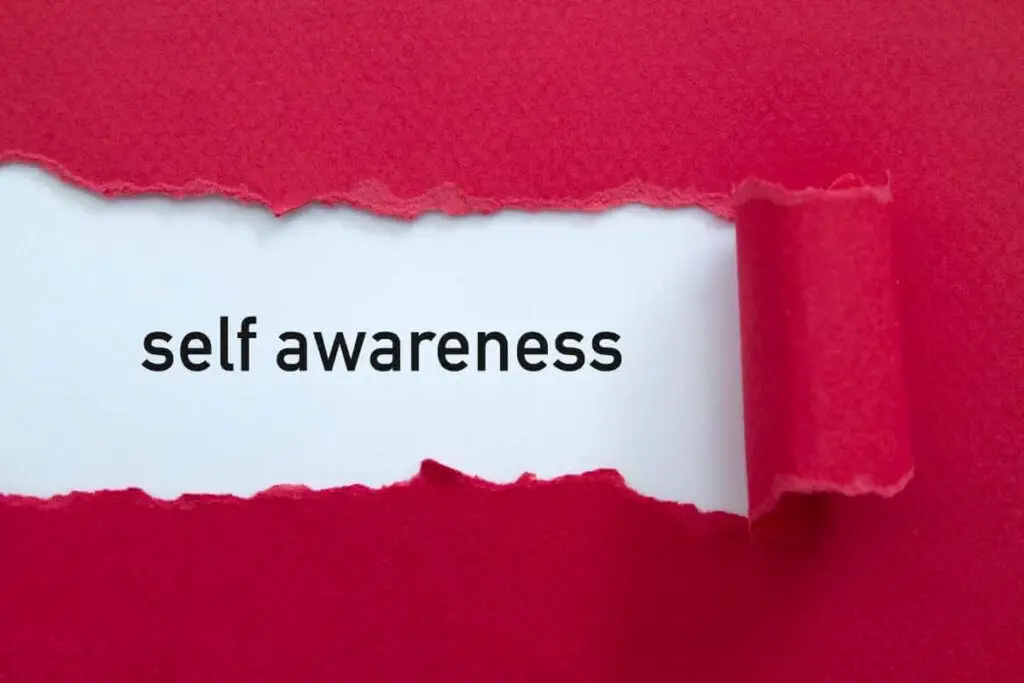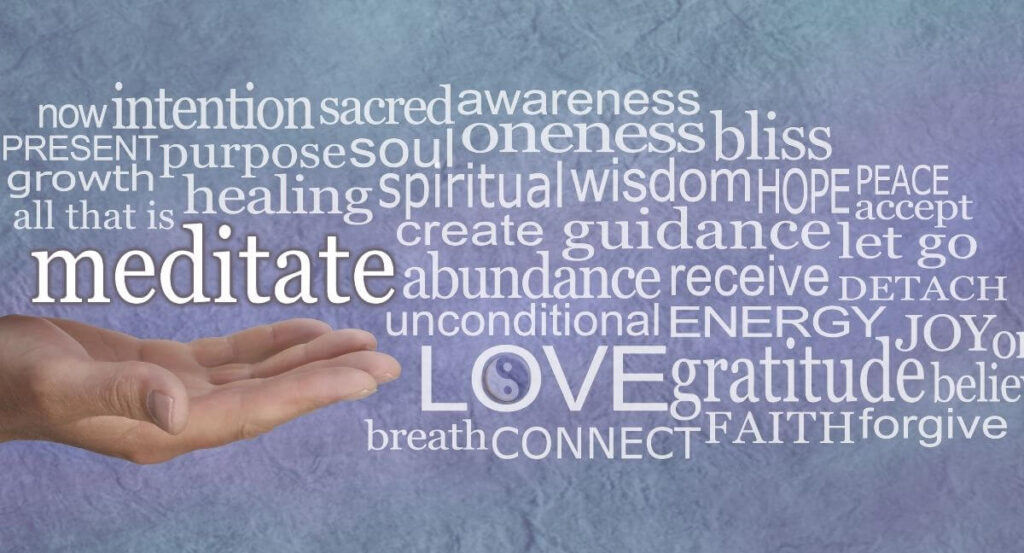Does your mind wander away frequently and can’t remember what someone had said to you a moment ago? Do you speak whatever comes to your mind and then regret it later? Or Do you often experience the constant stream of judging and vain thoughts and emotions while interacting with people?
If the answer is “Yes,” then you are not alone. In fact, we all can relate to these experiences to different extents.
The communication expert Rebbeca Shafir said that the average person could only grab 25% of what someone has said a just minute after the conversion. And this happens due to our own internal disturbance of thoughts and feelings.
However, the solution to this problem is nothing but “Mindfulness.”
Mindfulness is a beautiful practice of cultivating moment-to-moment non-judgmental awareness, which we can practice anywhere at any time.
Personally, I have been practicing mindfulness for the last 5 years, and I have found that it is a most beneficial practice for humankind and a key to enhancing our living.
However, here, we will particularly address Mindful Communication and its exercises and benefits.
So without further ado, let’s explore it.
What Is Mindful Communication?
In general, Mindful Communication is a non-judging way of interacting with people. Wherein you try to stay in the present moment, present yourself consciously in front of others and pay full attention to people – you are communicating with.
In other words, Mindfulness communication means bringing awareness while communicating with people and consciously bypassing judgments, vain thoughts, feelings, and compulsive behaviors.
Practicing mindful communication, you try not to identify with your own compulsive thoughts and emotions, avoid judging people and yourself, try to keep your mind in the present moment, and act consciously as much as possible.
This way, you can cultivate mindfulness not only in your communication but in everything you do, from getting up from bed to going to sleep.
Now, Let’s see how you apply mindfulness in your day-to-day interaction with people and become a conscious human being.
5 Mindful Communication Exercises

1) Mindful Listening
Mindful listening is a conscious way of listening without judging, interpreting, or criticizing anyone. It also requires being aware to your internal thoughts and emotions and try not to be driven by them.
The simplest way of cultivating Mindful Listening is by paying enough attention to the speaker and listen to him/her curiously and carefully. During this, if your mind wanders away, bring it back to the present moment of listening without judging it.
See, how often we perceive the world through our lens of beliefs, experiences, and conditioning, which creates a veil in our perception and strengthens our ego – the false self.
And our identification with the ego/mind generates judgments, criticism, and unnecessary thoughts, which drags away our attention many times during the day, including the act of listening.
I am not saying that you have to stop your judging and criticizing attitude (it’s impossible); instead, you should bypass them and voluntarily try to be non-judging.
Thus, in order to cultivate mindfulness while listening, you should develop present moment awareness, empathy, generosity for the speaker, curiosity on the topic you are listening to, and a non-judging attitude.
2) Mindful Speaking
Mindful Speaking is a conscious way of speaking, wherein you are fully aware of what you are saying and the tone of your saying. It also suggests not to get trapped by your own compulsive behavior, feelings and conditioned thinking when you speak to someone.
Here, the most important aspect is to develop awareness when you speak. Because when you are aware/conscious, you are no longer driven by your own compulsions and beliefs so that you can be authentic and engage in healthy communication.
Hence, the first state of Mindful Speaking is self-awareness – awareness of thoughts and feelings (intentions).
First of all, you have to observe and know your thoughts before speaking them out. And inquire your deepest intention behind that thoughts by asking yourself – Is that intention negative or positive? Or is this intention good for the others?
If your thoughts and intention are good, then you can speak those thoughts/words.
Here, I would also suggest a three-step introspection practice for mindful Speaking, which is Observe-analyse-speak.
In observation, you first have to observe your thoughts at a distance. Then analyze them by simply asking these three questions mentally to yourself before you speak them out.
- Is this necessary?
- Is this true?
- Is this right for others?
If the answers are positive means you have good intention and your saying is beneficial for others. So, you can spark and engage in conversation.
3) Mindful Non-verbal Communication
As we know, we communicate with people non-verbally from our body language, gesture, facial expression, and eye contact.
By cultivating present moment awareness (mindfulness) in your routine, you can enhance non-verbal communication (NVC).
Here, there is no direct relation between mindfulness and NVC, but by cultivating present moment awareness or being conscious in the present, you can work on NVC and improve it.
Try to live in the present as much as possible, being aware of what you are doing or what is happening around you; you could know where you lack NVC.
Once you know the weak point, you can work on it and try to improve it.
There are 9 attitudes of mindfulness and practice like meditation, which you should flex to cultivate mindfulness.
9 Attitudes of Mindfulness By Jon Kabat Zinn
- Non-judging
- Patience
- Beginners’ Mind
- Trust
- Non-Striving
- Letting Go
- Acceptance
- Gratitude
- Generosity
Each attitude of mindfulness is interconnected with all others. So, practice anyone attitude, practice meditation, and try to develop present moment awareness in order to improve your non-verbal communication.
4) Mindfulness In Social Media
Almost everyone uses social media today and communicates with their friends and family members.
But, like any other activity, it is possible to cultivate mindfulness while using social media. It could be difficult, but not impossible.
Here, the same habits you can build as we have discussed in Mindful listening, mindful speaking, and mindful Non-verbal-communication.
These habits are self-awareness or present moment awareness, non-judging attitude, generosity, and kindness with others. (You can also integrate other attitudes as well)
Moreover, you can also define some rules using social media from your side like, I will spread happiness and kindness, won’t abuse anyone on social media, limit social media usage.
5) Single Tasking
Single-tasking means doing one thing at a time. One task at the moment with full engagement and focus.
For example, If you are listening to a person at that moment, don’t check your inbox or drink or eat anything. Instead, listen to him/her closely and non-judgmentally.
This practice can improve your focus and break the habit of multi-tasking, resulting in becoming a good communicator.
This way, mindfulness can be cultivated in our communication and other activities as well.
Related Post: Mindfulness Will Make You a Better Leader
Now, let’s see some useful, practical tips and practice to grow and apply mindfulness in our communication and routine life.
Practical Tips To Grow Mindfulness

Observe Your Thoughts
Always remember, you are not your thoughts and emotions. You are a consciousness/ pure awareness/ void space on which thoughts and feelings rise and fall.
Whenever you become aware, just take a pause and watch your thoughts. Observe your emotions without judging or identifying with them.
This practice will help to grow mindfulness/awareness within you and ultimately improve your communication.
Don’t React
We often want things to happen in our way and try to make people behave on our rules. But when this doesn’t happen, we react to them unconsciously and create miseries for ourselves. Isn’t it?
So, from now, try to disidentify yourself from your body-mind-emotion, mentally watch them from distance, and don’t react to situations/people immediately, instead respond to them wisely.
Practice Conscious Breathing
Control breathing or conscious breathing helps to tame the mind and grow mindfulness.
You can practice control breathing by mentally noticing the flow of air coming in and going out through your nostrils. Also, you can notice your belly moment contracting and expanding during breathing.
You can practice this anytime to bring awareness back also, try it when your mind is chattering more or the flood of emotions making you disappointed.
The conscious breathing can put you in peace – stillness and get out of bad emotional states like anger, resentment, and fear.
Meditate Everyday
Meditation is a practice of bringing awareness to the present moment. So, It is the best way to grow mindfulness.
There are several techniques of meditation such as Vipassana, mindfulness, zen, mantra, and Japa. You can choose any one of them and practice it regularly to strengthen mindful communication.
Mindfulness Benefits For Communication

Mindfulness offers lots of benefits to people on a physical, mental, and emotional level. But here, I will mention some benefits of mindfulness related to communication skills and social interaction.
Enhance Memory and Cognition
The MIR scan of 16 participants who practiced mindfulness for 8-weeks shows the increased concentration of gray matter in the brain area associated with reading, grasping, and learning (Source: Sciencedirect).
So, it means practicing mindfulness may improve our listening and understanding skills.
Increase Self-control
Mindfulness helps to increase self-control, which can control your temper, regulate deceptive feelings that may spoil your connection with people. It can also help to build good habits and save you from vain temptations.
One study on mindfulness meditation showed that it could improve brain functioning related to executive attention, which involves self-regulation or self-control. (Source: NCBI)
Averts Conflict
Mindfulness helps to raise positivity in our thoughts and emotions and improve our well-being. Hence, it indirectly means having better relationships and positive interactions with others.
Thus, having a positive heart and mind, mindful people avoid conflict. And they foster peace and happiness in the world.
Increase Self-awareness
Self-awareness plays an essential role in self-development. It’s a key to understand yourself – your thoughts, habits, emotions, and beliefs.
So, by knowing yourself, you can work on your weak points or defects in communication.
In one study, It was concluded that Mindfulness meditation influences the cingular cortex and attention network of the brain so one can experience better-adjusted self-resilience (Source: Pubmed.NCBI)
Create stillness and peace
As you progress in mindfulness and develop present moment awareness, you start becoming a peaceful and balanced human being, which may reflect in your healthy communication with people around you.
See, there are several other benefits of mindfulness apart from these, which may directly or indirectly benefit in improving your communication.
Click Here to read 18 scientifically proven benefits of mindfulness.
I hope you enjoyed reading this article.
If you have any ideas to share feel free to comment below.
Thank you.

